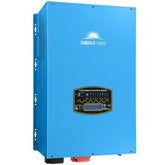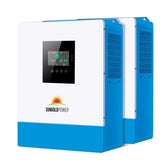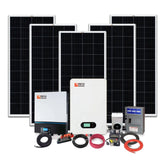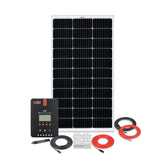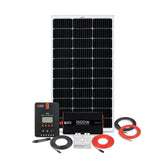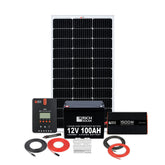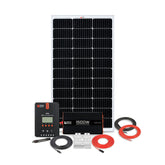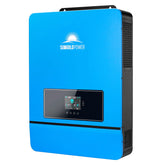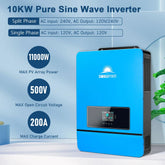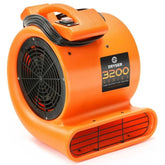Get In Touch +1 (888) 575-2099





















Expert Support,
Dial +1 (888) 575-2099

Limited Supply,
grab it before it's gone.

Lowest prices,
As low as possible.

All Items are brand New,
Never used.
Recently Viewed Products
Ridgid Seesnake Flexmitter, Transmitter,std Ss Flexlmittr - 15323
Features
- With a See Snake FleXmitter 512 Hz you can locate a camera in a line (now standard with all See Snake reels: Mini-See Snake, See Snake Standard and See Snake Self-Leveling).
- If your See Snake camera isn’t equipped with a transmitter, you can upgrade your camera with a FleXmitter transmitter.
What Our Experts Think
The RIDGID SeeSnake FleXmitter is a powerful and versatile tool for locating inspection cameras with precision. Here’s why it’s a must-have:
- Enhanced Locating Accuracy: Emits a strong, consistent signal, making it easier to pinpoint the camera's location during inspections.
- Rugged Construction: Built to endure tough environments, ensuring reliable performance over time.
- Seamless Integration: Designed to work effortlessly with RIDGID SeeSnake inspection systems for maximum compatibility.
- Compact and Flexible Design: Slim, flexible profile allows it to navigate tight spaces and bends without compromising performance.
- Time-Saving Efficiency: Reduces guesswork and streamlines the locating process, improving job site productivity.
Q&A
Q: What is the RIDGID SeeSnake FleXmitter?
A: The RIDGID SeeSnake FleXmitter is a standard inline transmitter designed for locating SeeSnake camera heads during inspections.
Q: What does the FleXmitter do?
A: It emits a precise frequency signal that allows professionals to locate the camera head in pipelines or other hard-to-reach areas using a compatible receiver.
Q: Is it durable?
A: Yes, it is designed with rugged construction to withstand tough inspection environments.
Q: What is it compatible with?
A: The FleXmitter works seamlessly with RIDGID SeeSnake camera reels and locators.
Q: Who is this product for?
A: It’s ideal for plumbers, contractors, and inspection professionals needing accurate underground or in-wall camera head location.
Q: Is it easy to install?
A: Yes, it integrates quickly with compatible SeeSnake systems for hassle-free operation.
Maintenance Tips
- Clean After Use: Wipe the transmitter with a soft, dry cloth to remove dirt or debris.
- Inspect for Damage: Regularly check the housing and connections for cracks or wear.
- Avoid Moisture: Ensure the transmitter stays dry during use and storage to prevent internal damage.
- Proper Storage: Store in a protective case in a cool, dry place away from direct sunlight.
- Handle with Care: Avoid dropping or exposing the transmitter to heavy impacts to maintain functionality.
Related Products
- Choosing a selection results in a full page refresh.











